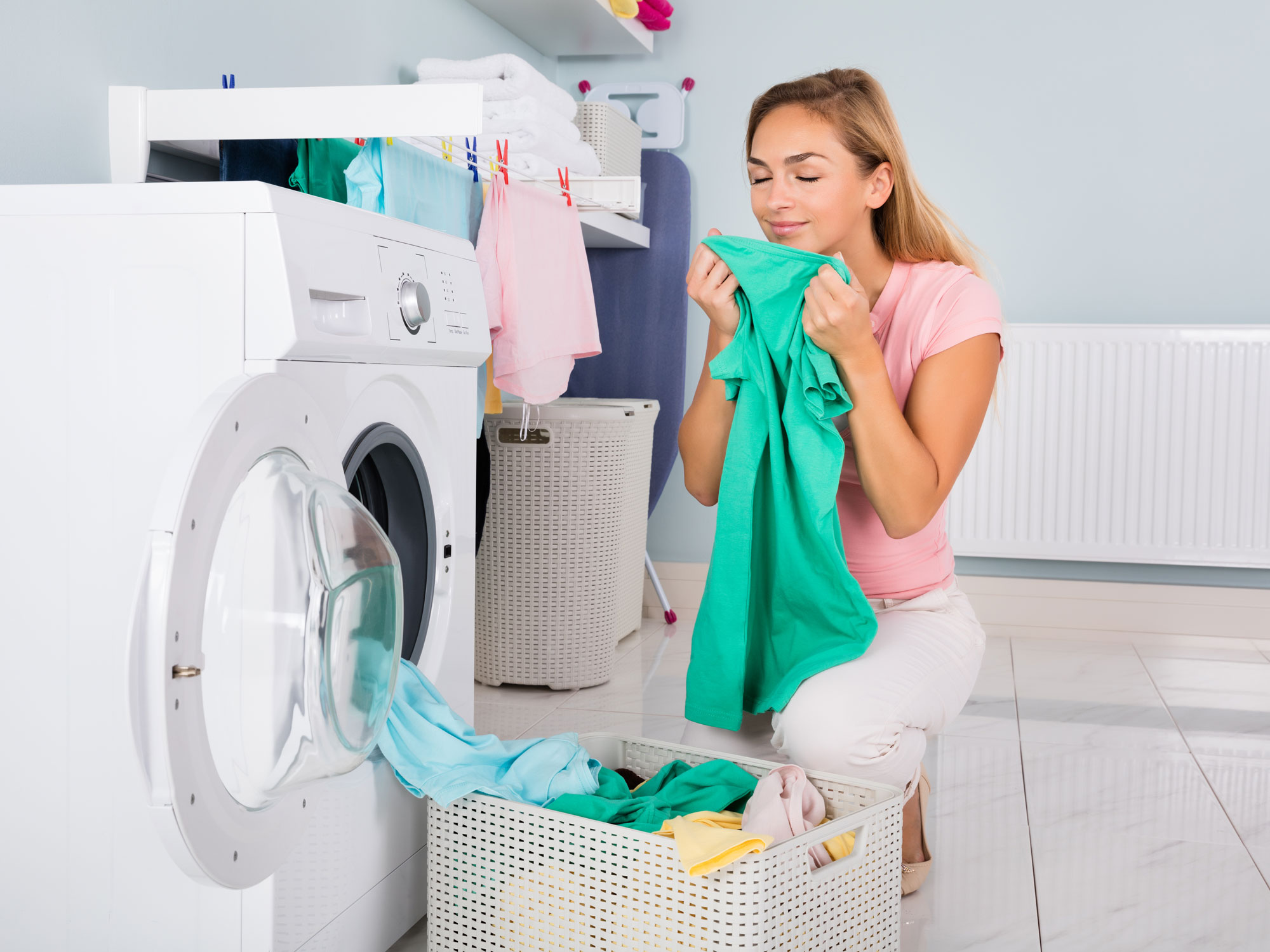Get Easy Health Digest™ in your inbox and don’t miss a thing when you subscribe today. Plus, get the free bonus report, Mother Nature’s Tips, Tricks and Remedies for Cholesterol, Blood Pressure & Blood Sugar as my way of saying welcome to the community!
Fake fragrances: Sweet scents that sour your health

Freshly washed clothes… sunscreen… body lotion…
Of all our senses, smell is the one most connected to how we feel.
Manufacturers of cosmetics and other household products know this.
So, by making their detergent, shampoo, lotion, and cleaning products smell great, they entice you to bring them into your home.
But did you know that the FDA does not require companies to disclose exactly what they use to scent their products? Nor do they require them to warn about allergens. Only the word “fragrance” needs to be included in their list of ingredients.
That means anything could be hiding behind that word — including a host of toxic chemicals that wreak havoc with your health every time you’re exposed to them.
Don’t be fooled by sweet-smelling toxins
The word “fragrance” or “parfum” on a label is really a blanket term for over 3,000 ingredients — any combination of which could be present in products you use.
They are known to disrupt the function of your endocrine and nervous systems, and to irritate your respiratory system and cause allergic reactions. Many of them are known carcinogens.
For example, formaldehyde, a known carcinogen, is banned in countries like Japan and Sweden. Yet, here in the U.S., it is commonly found in air fresheners, nail polish and chemical hair straightening products.
Even short-term exposure to formaldehyde can cause headache, burning eyes, asthma symptoms, rashes, fatigue and other disturbing symptoms.
Benzophenone, found in many skin creams, shampoos and lip products, is an endocrine disruptor. It interferes with production of your body’s 50+ hormones, either by mimicking a hormone, or by causing organs to produce too much or too little.
This can have disastrous effects on your health. Hormones regulate pretty much everything that keeps your body in healthy working order, from blood sugar to sleep, heart rate to stress level.
Keeping smelly chemicals out of your home
There are two ways in which you can protect yourself from unidentified toxins in your household and personal products.
Since you won’t find any help on your product labels, you’ll need to look for information elsewhere.
The U.S. Department of Health and Human Services maintains a Household Products Database. While ingredients are not listed, it does provide the name, address and phone number of each manufacturer.
Many products are identified as skin and respiratory irritants. There do not seem to be any products identified as carcinogens, but the government seems to take years to step up to admitting their own mistakes…
For information that goes deeper you may need to check out the Environmental Working Group’s (EWG) Skin Deep® Cosmetics Database.
Here, you will find a comprehensive listing of personal care products that EWG has verified as safe, or has assigned a score of 1, indicating a low health hazard.
Perhaps even more valuable, you can search any product you use, and find EWG’s rating. I searched for the antiperspirant I use, and found that the unscented version was rated 1, while all scented versions were rated 3.
Their rating system ranges from one through five, and reflects the relative health hazards of products, based on the availability of data on ingredient safety, and the number of published studies to verify this.
Make your own!
You’d be surprised to find how simple and rewarding it can be to make some of your personal care and household cleaning items yourself.
For example, to make a fragrant, chemical-free hand soap, just mix ¼ part castile soap, ¾ part water, and 5 drops of peppermint essential oil (or your fragrance of choice), and store in a BPA-free or glass bottle with a dispenser.
Related: Using essential oils to keep bugs away
Many books and websites offer recipes for everything from detergent to lip balm to face wash. Take some time to explore the possibilities to start replacing dangerous chemicals with safe, sweet-smelling, homemade products!
Sources:
- Dangers of Synthetic Scents Include Cancer, Asthma, Kidney Damage and More — DrAxe.com
- Scents and Sensitivity — Environmental Health Perspectives
- IFRA Volume of Use Survey 2016: Transparency List — The International Fragrance Association
- Top tips for safer products — Environmental Working Group













